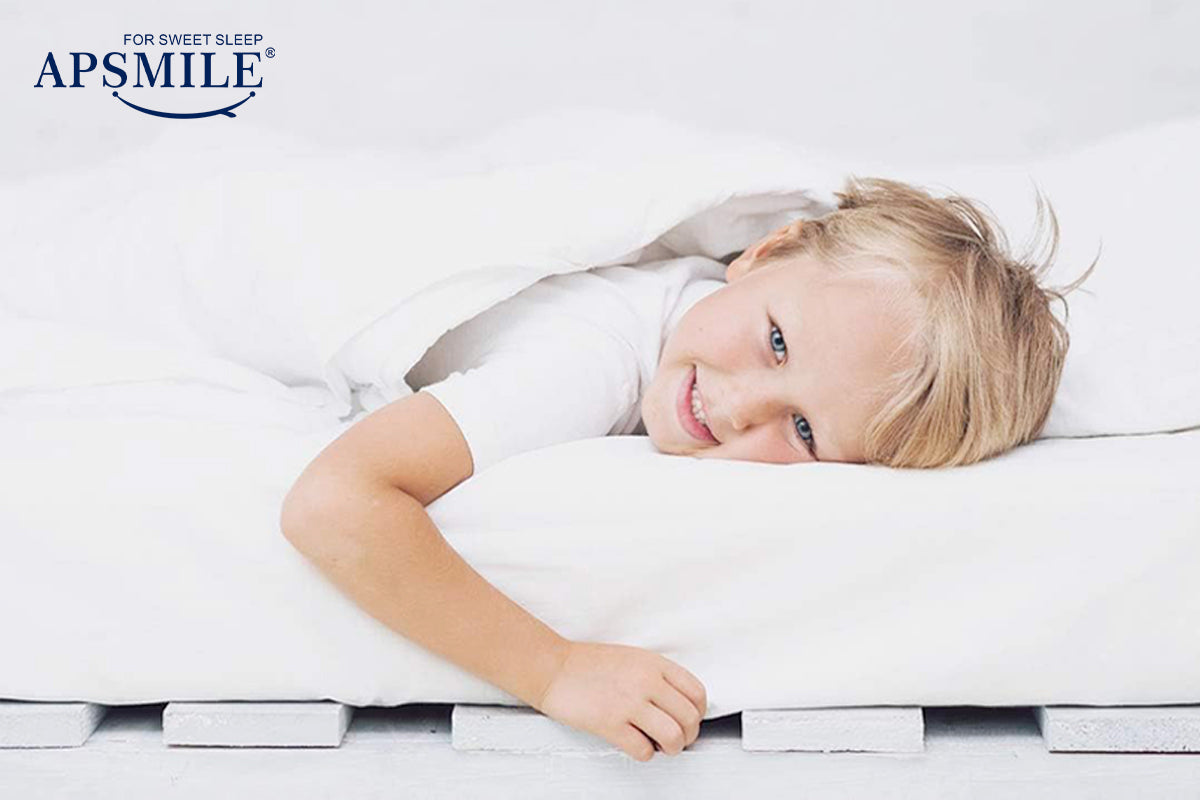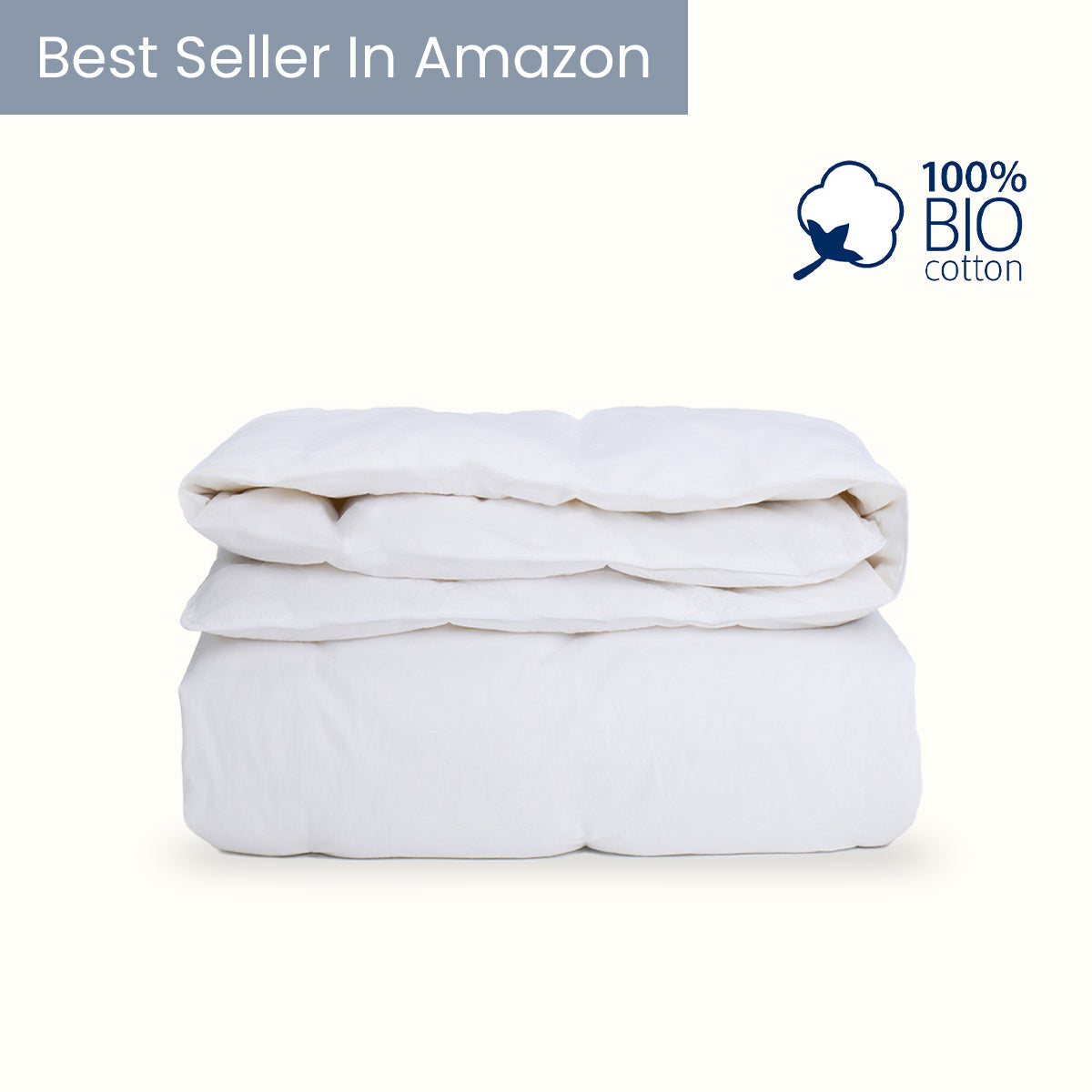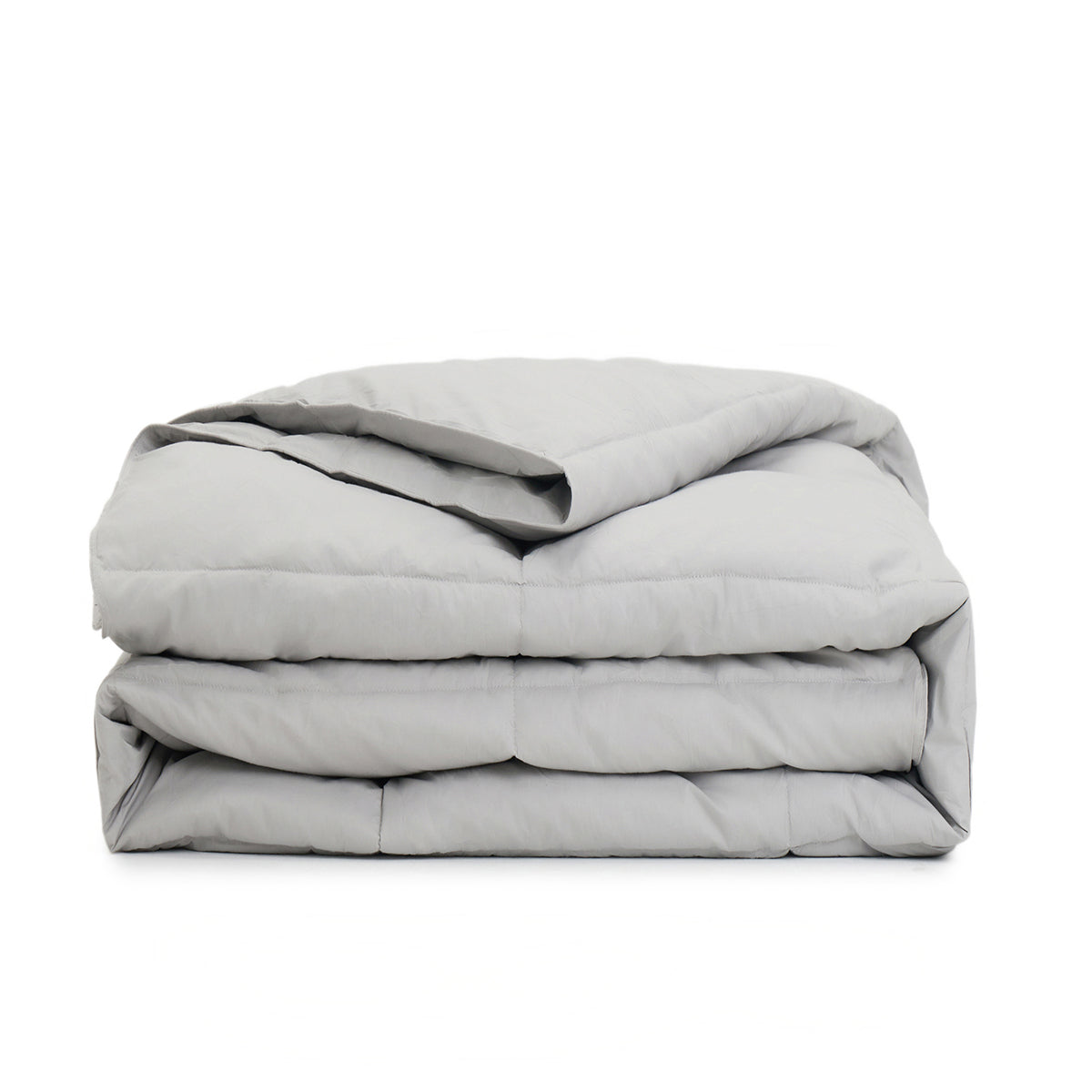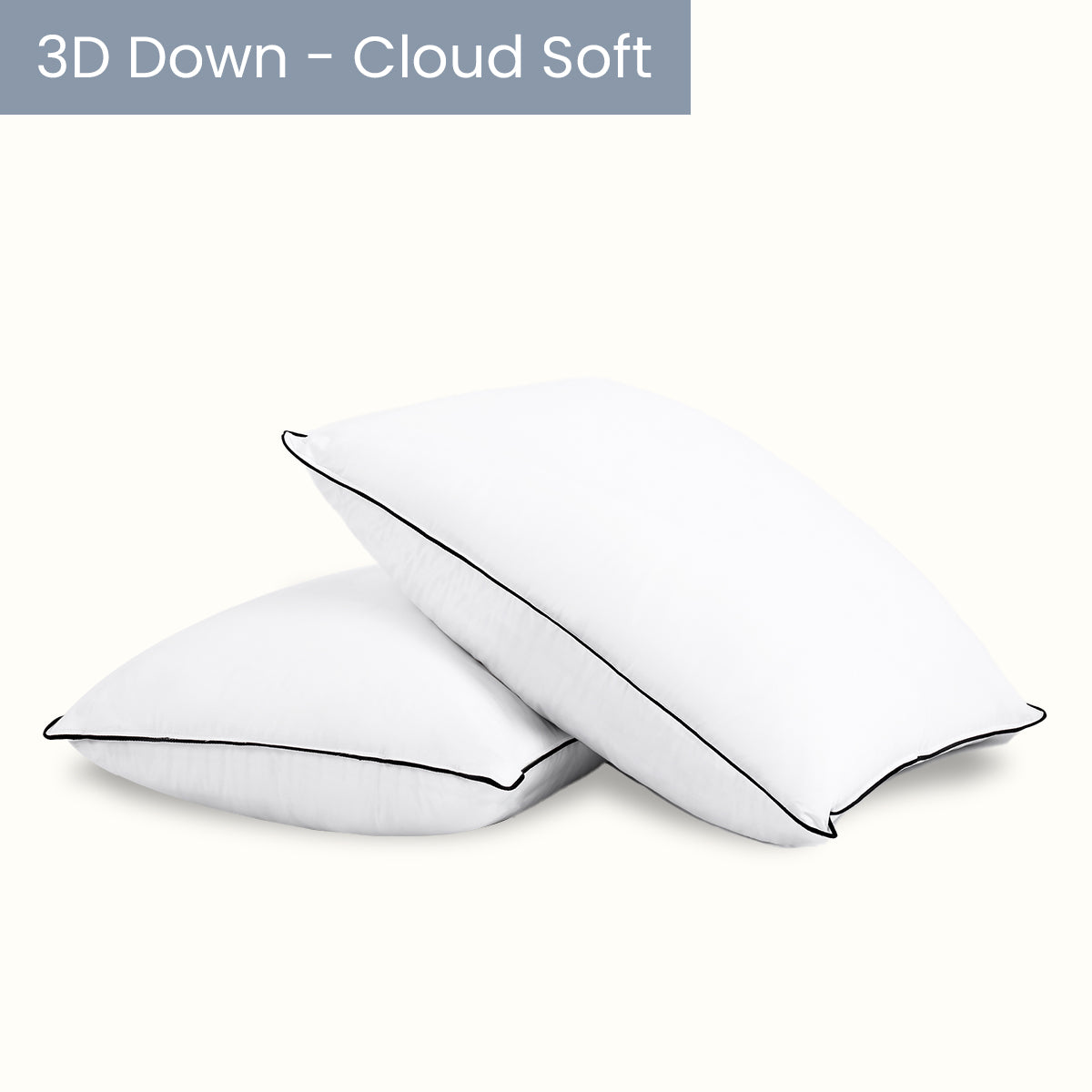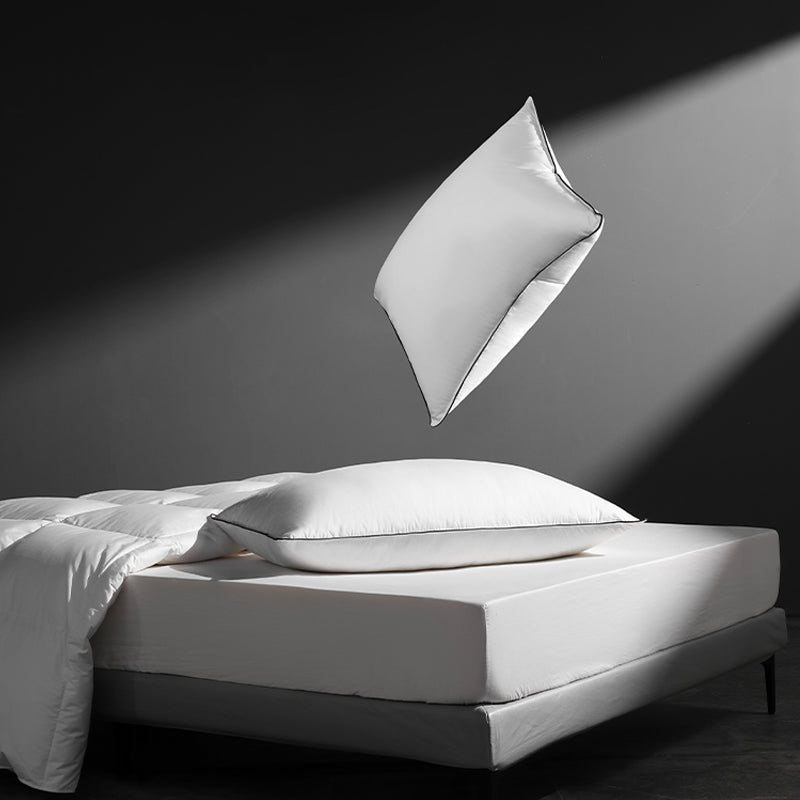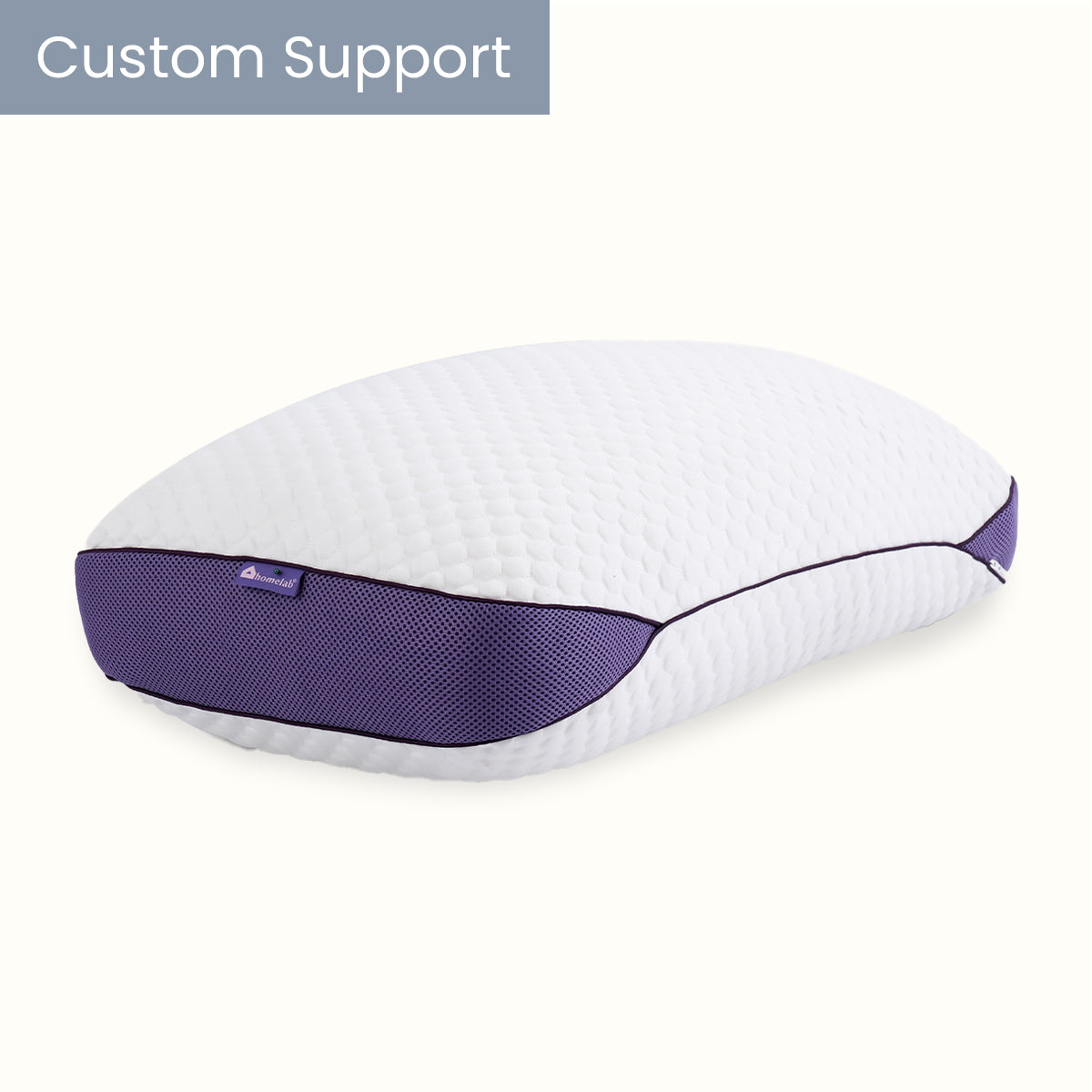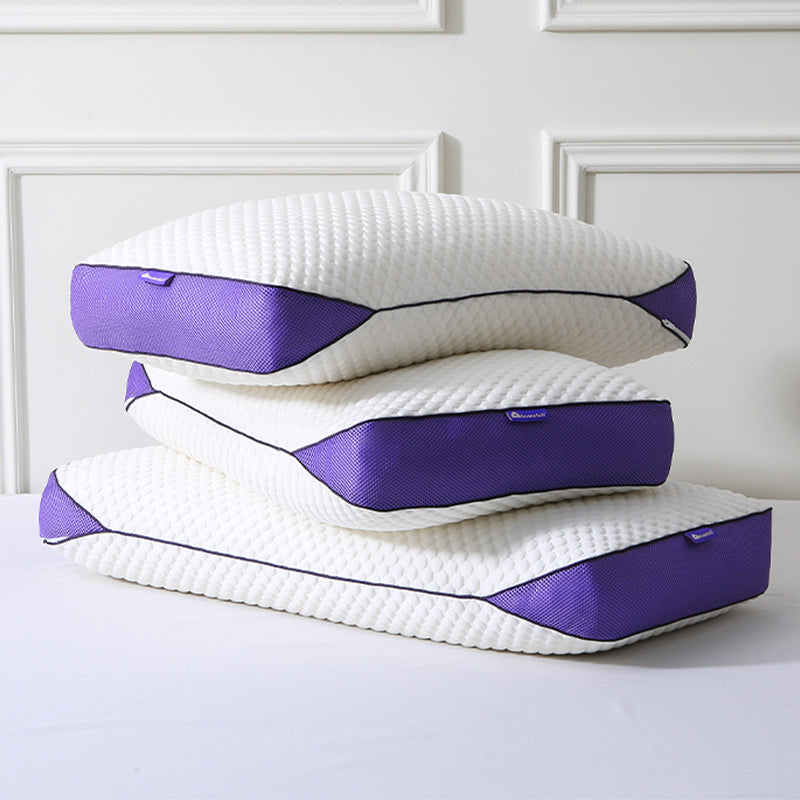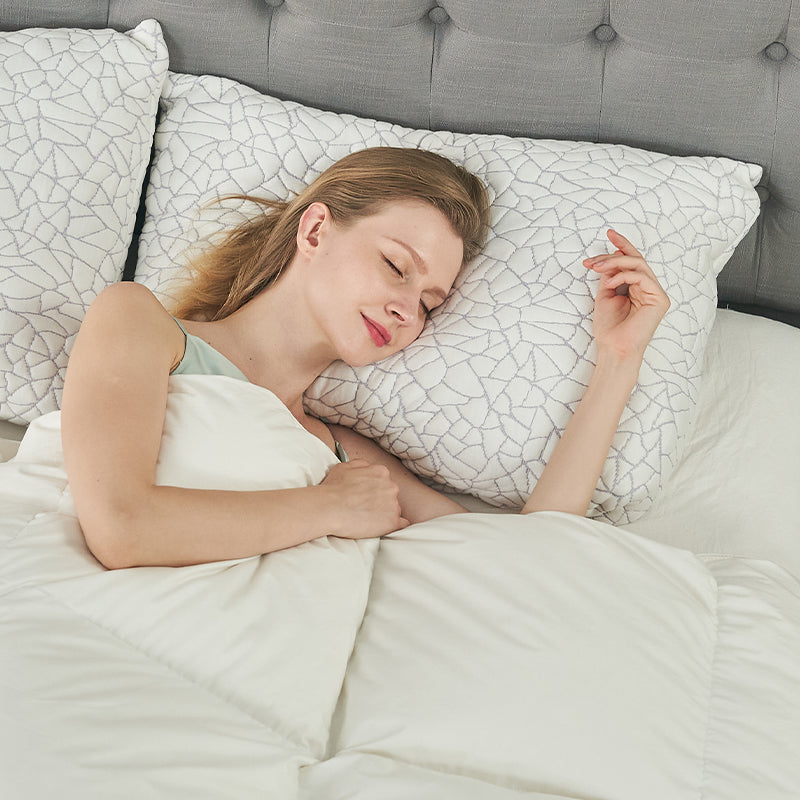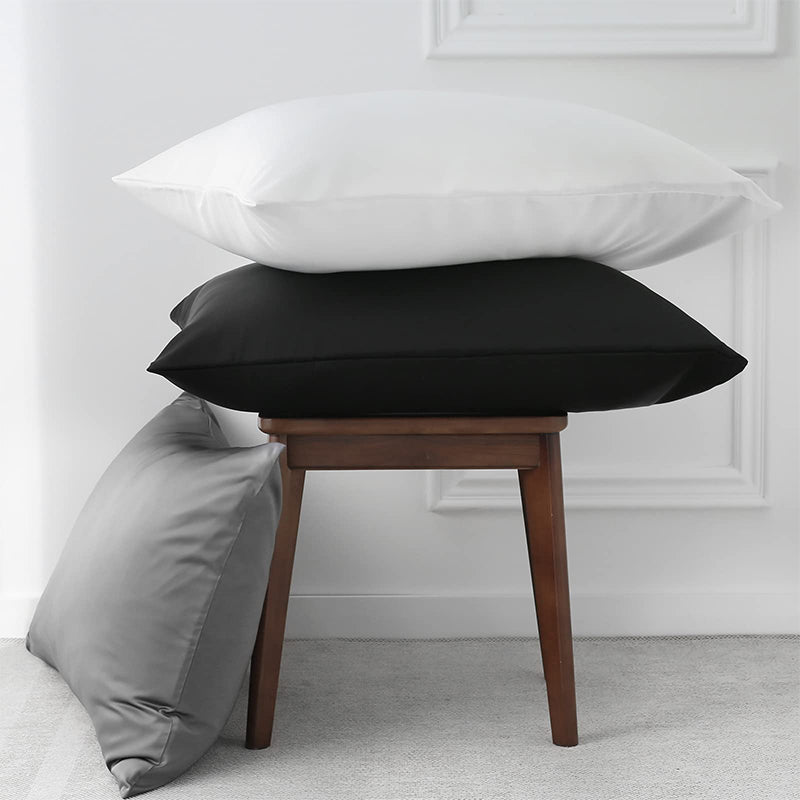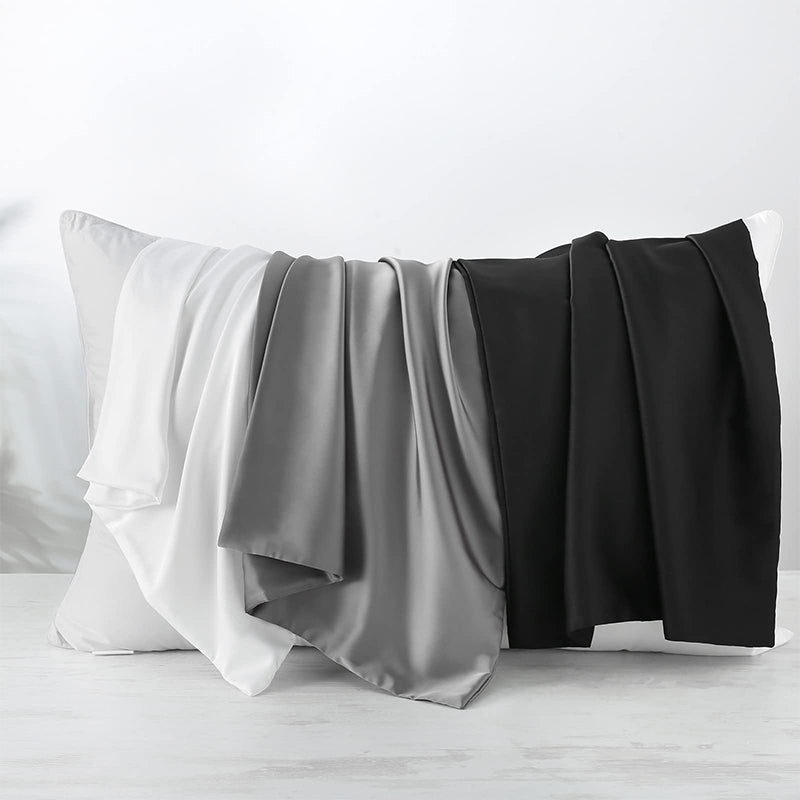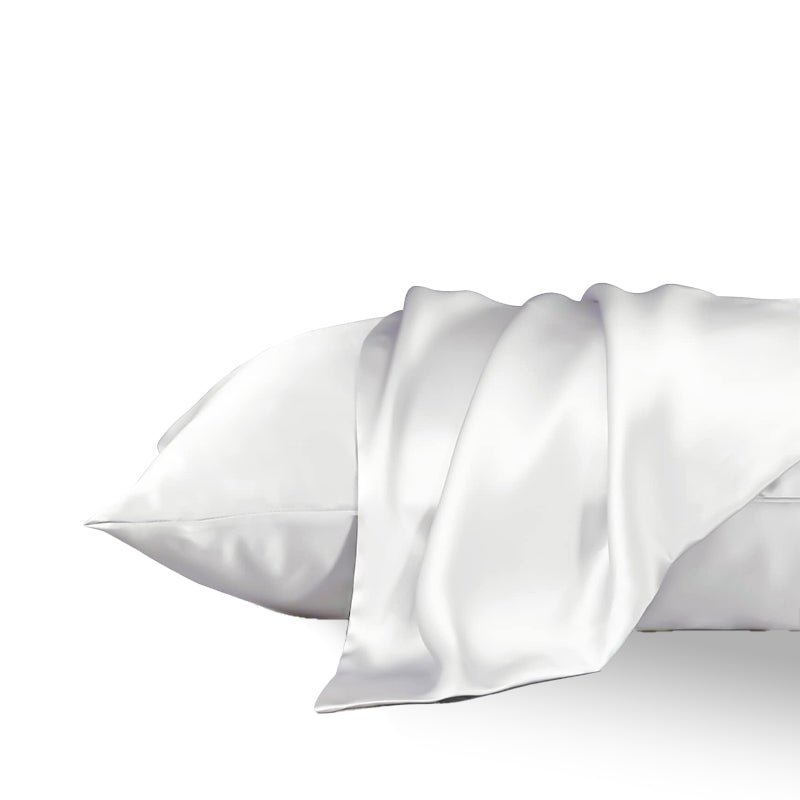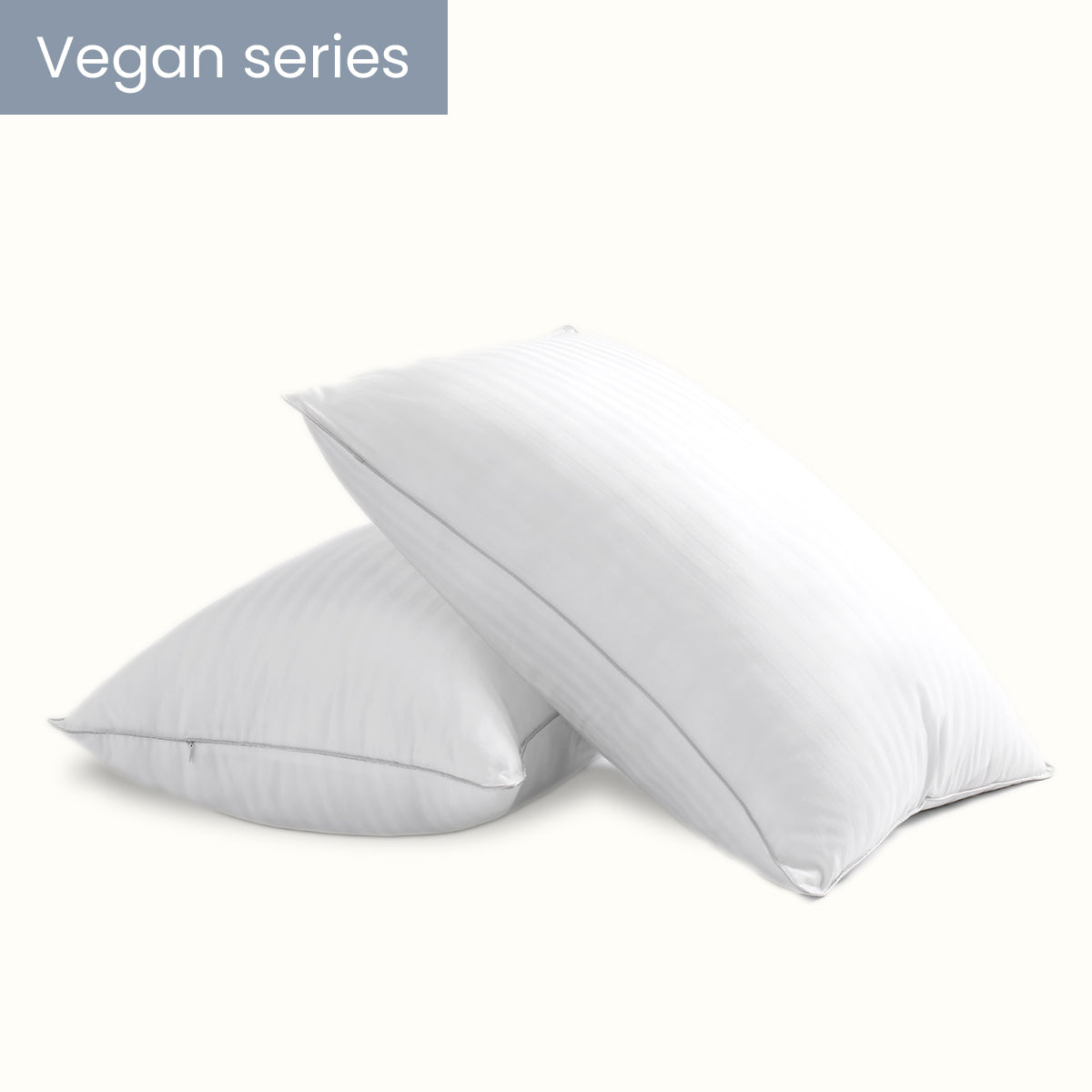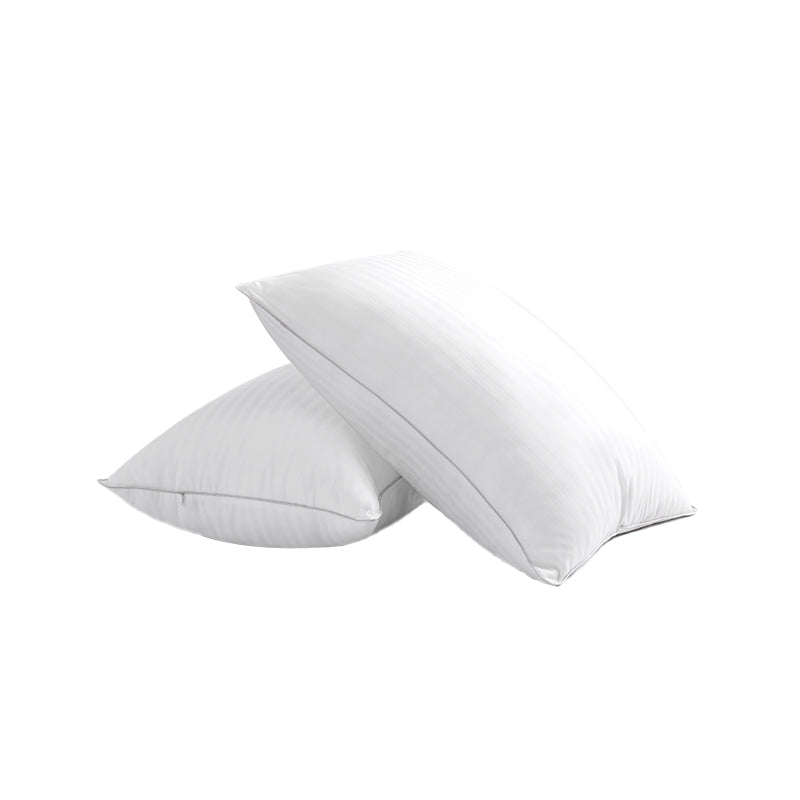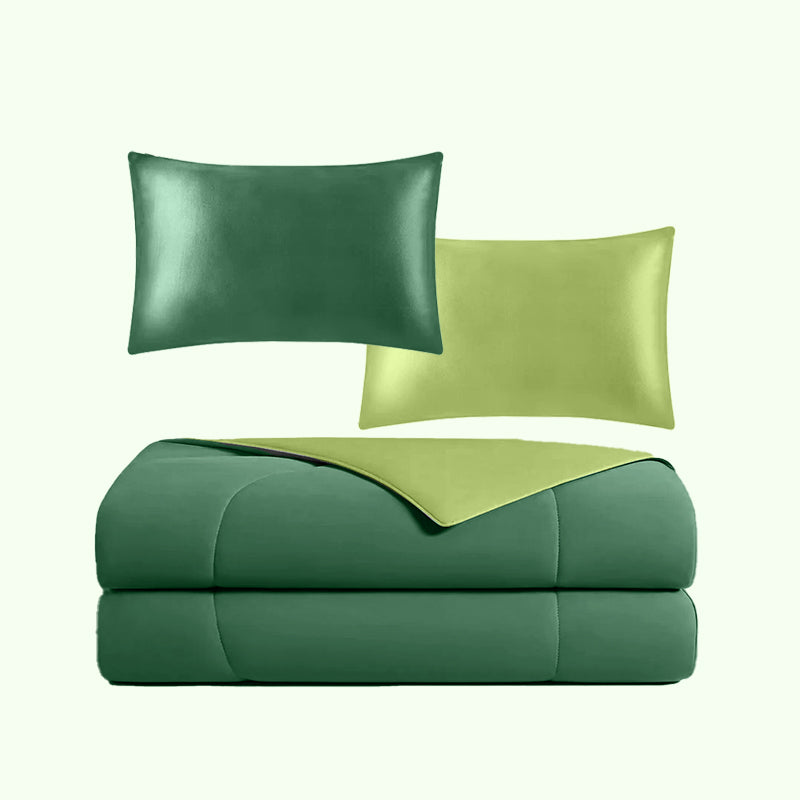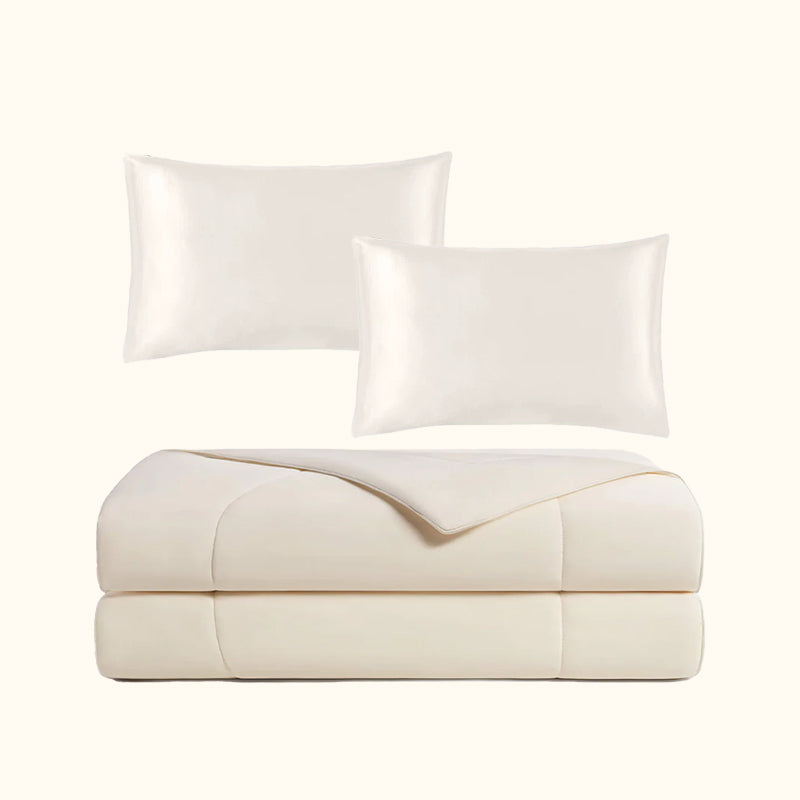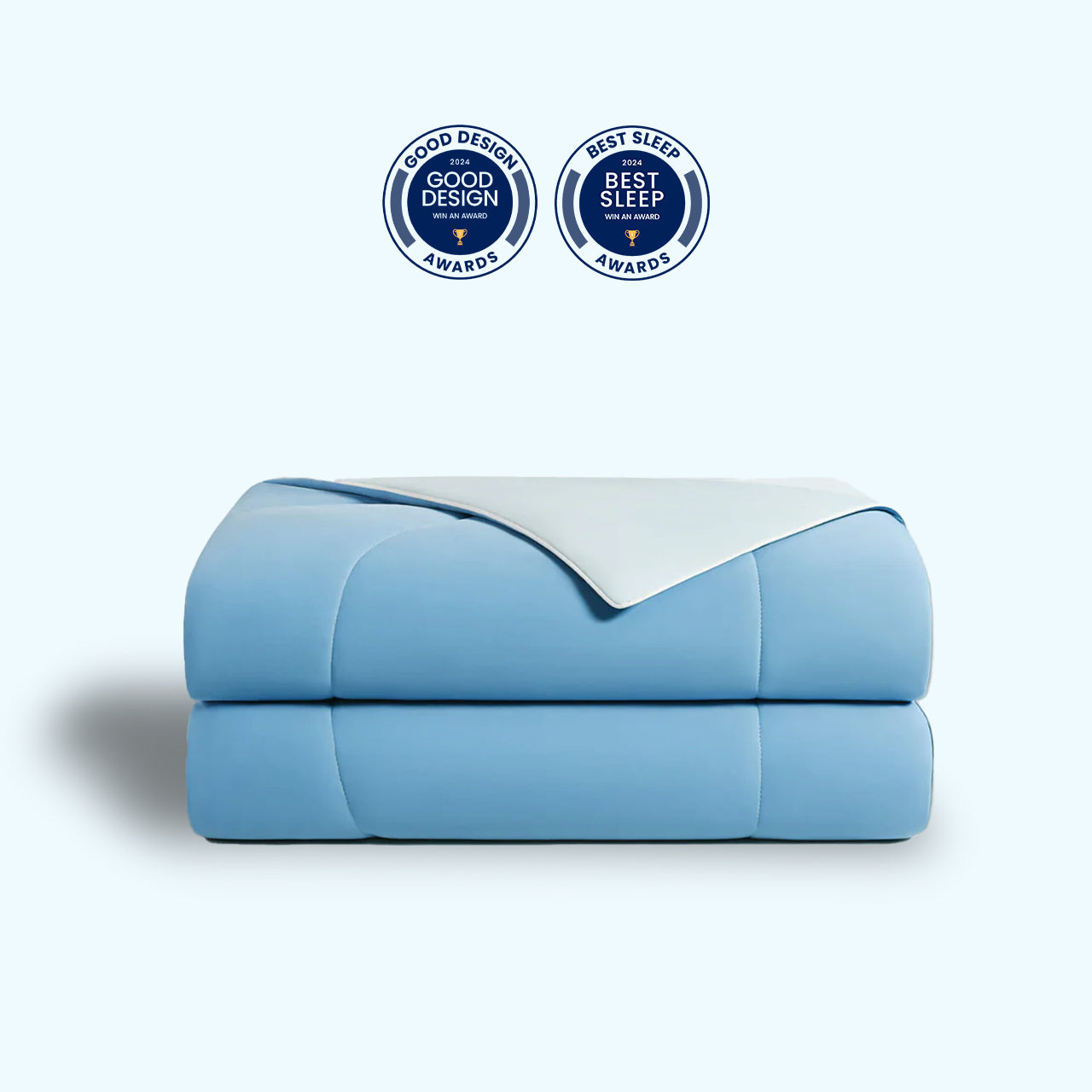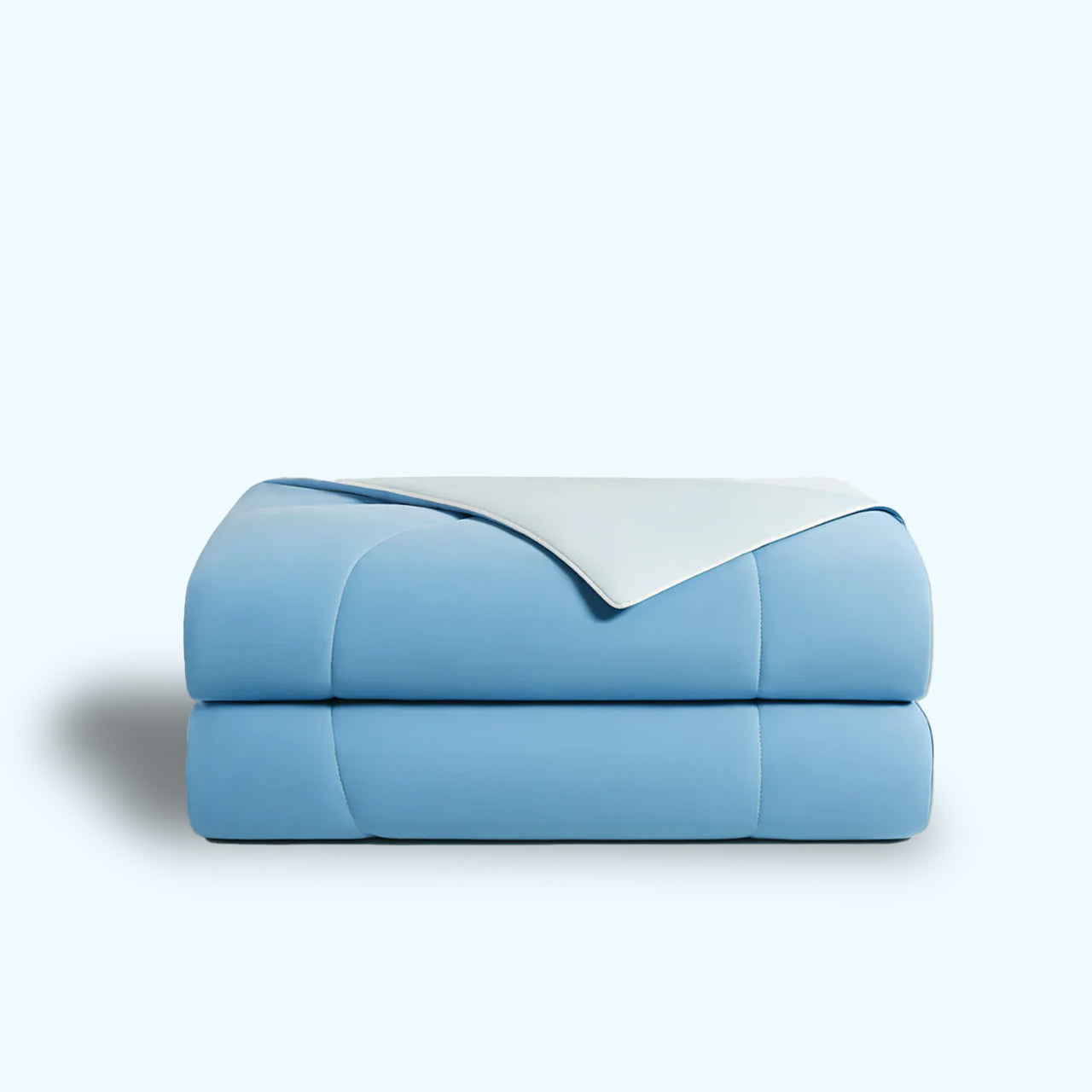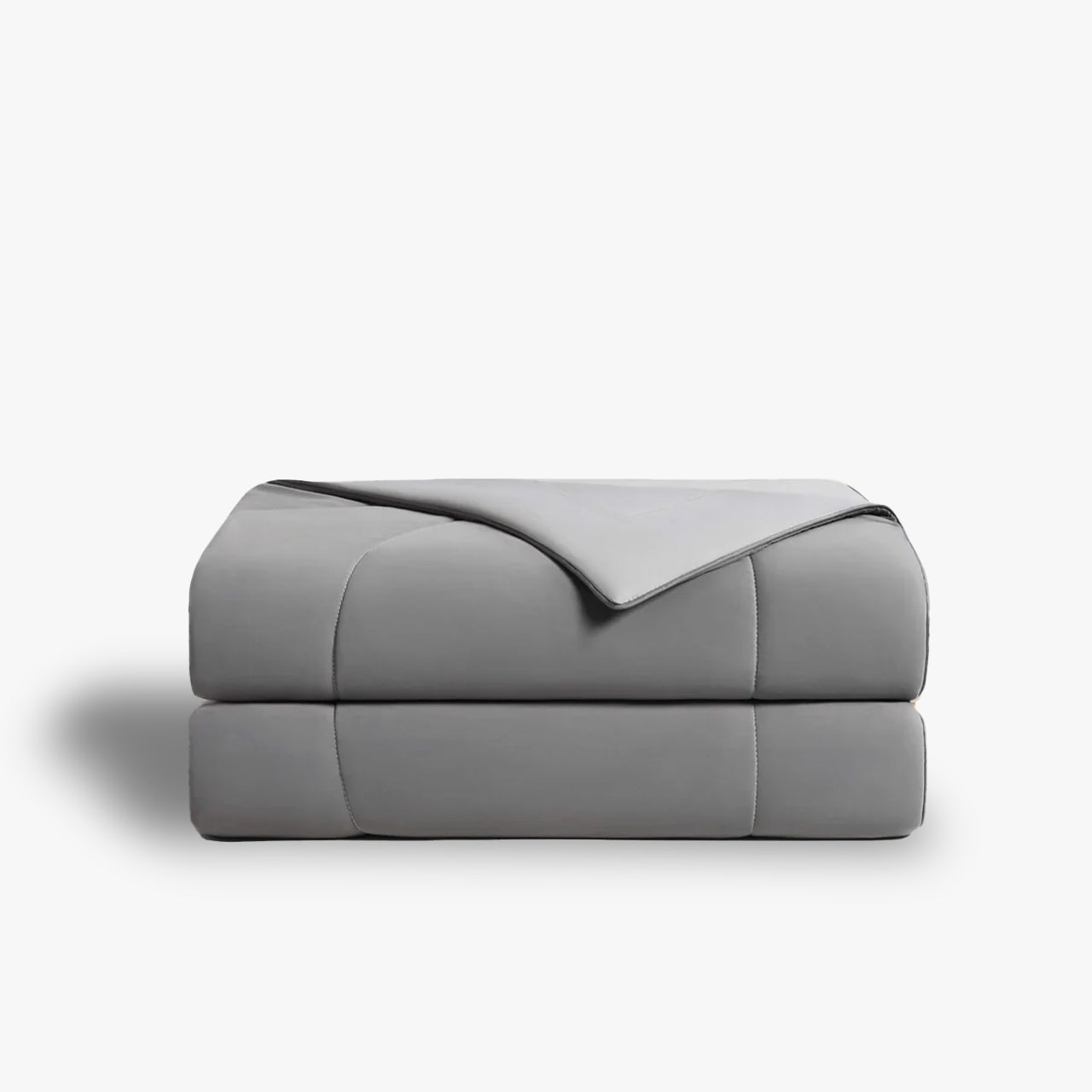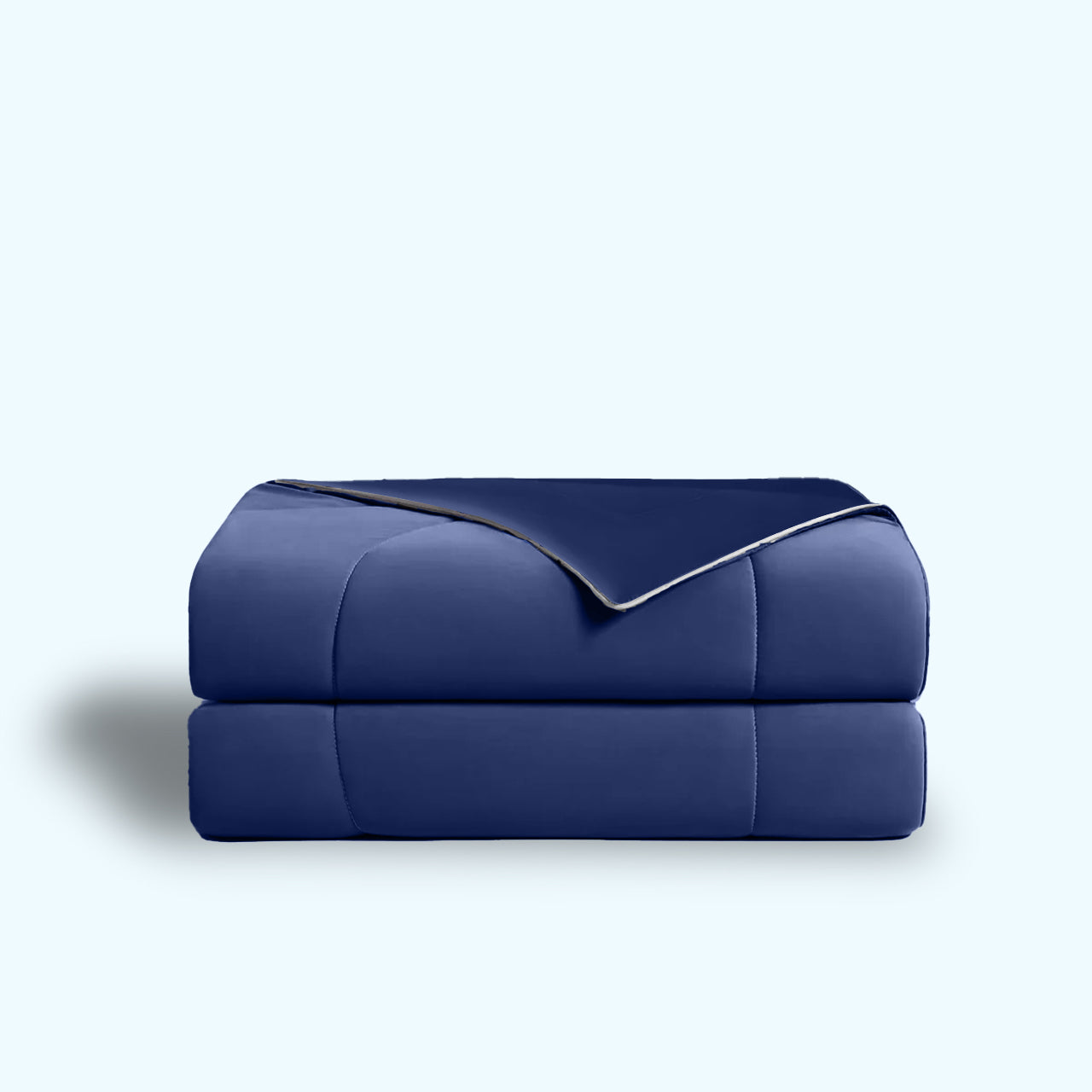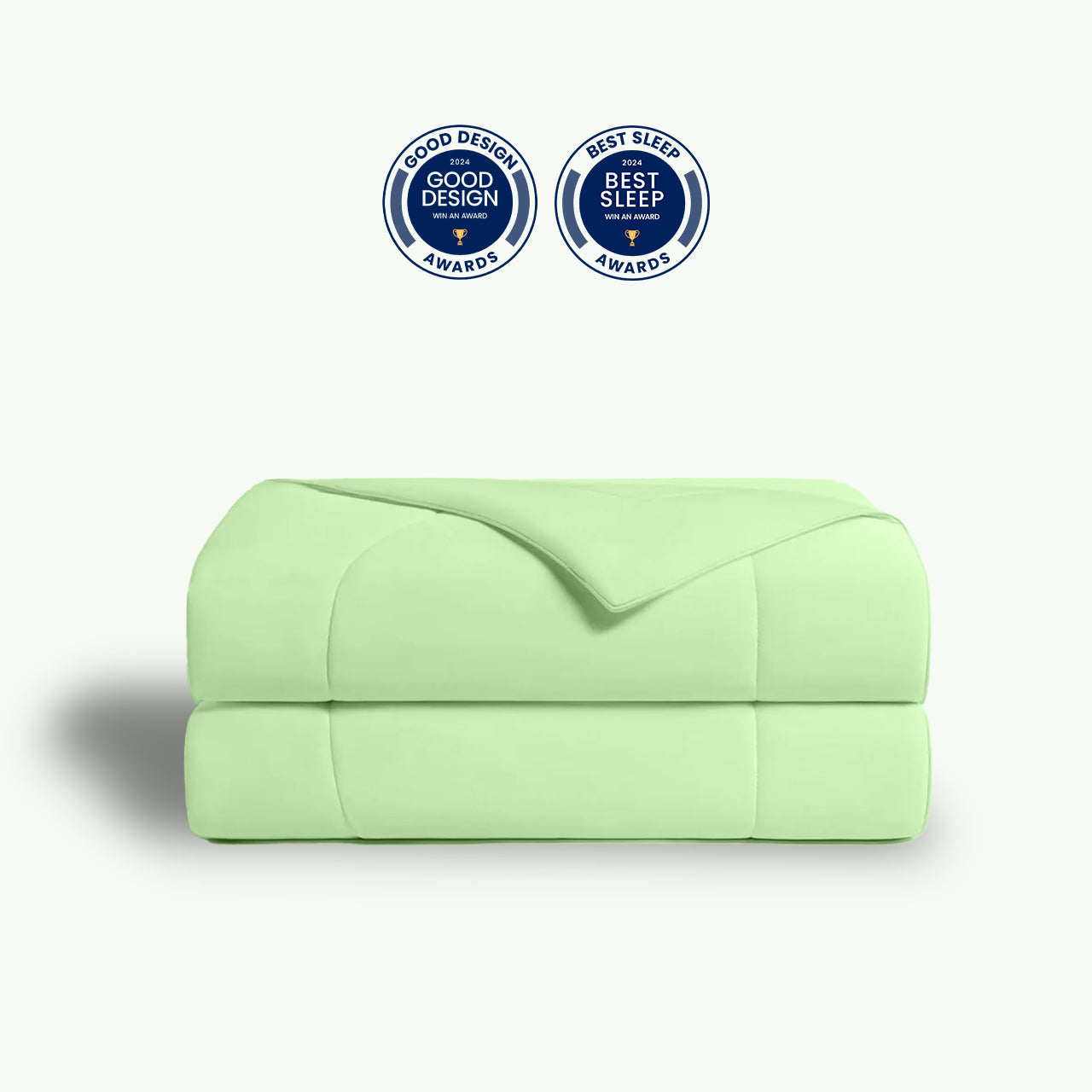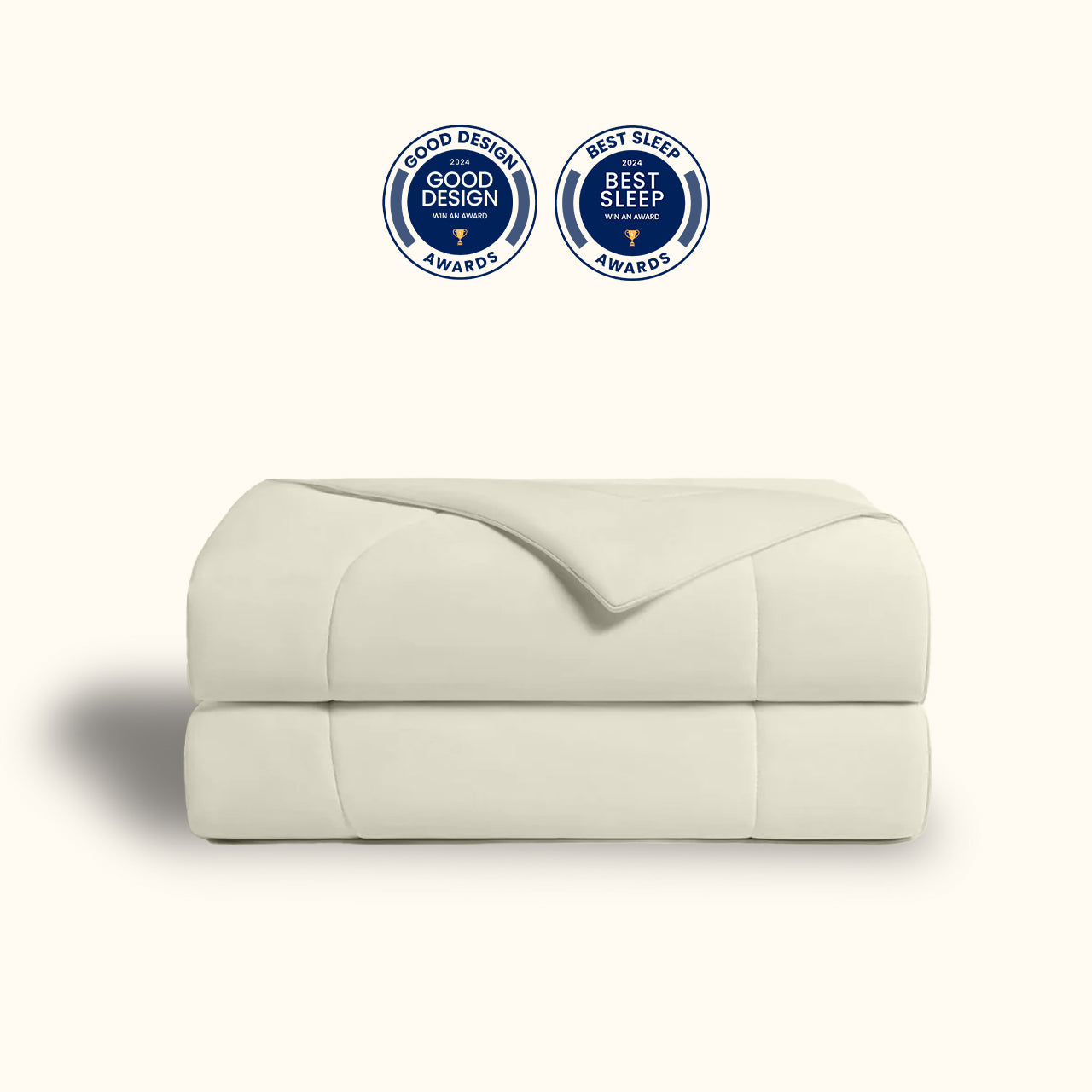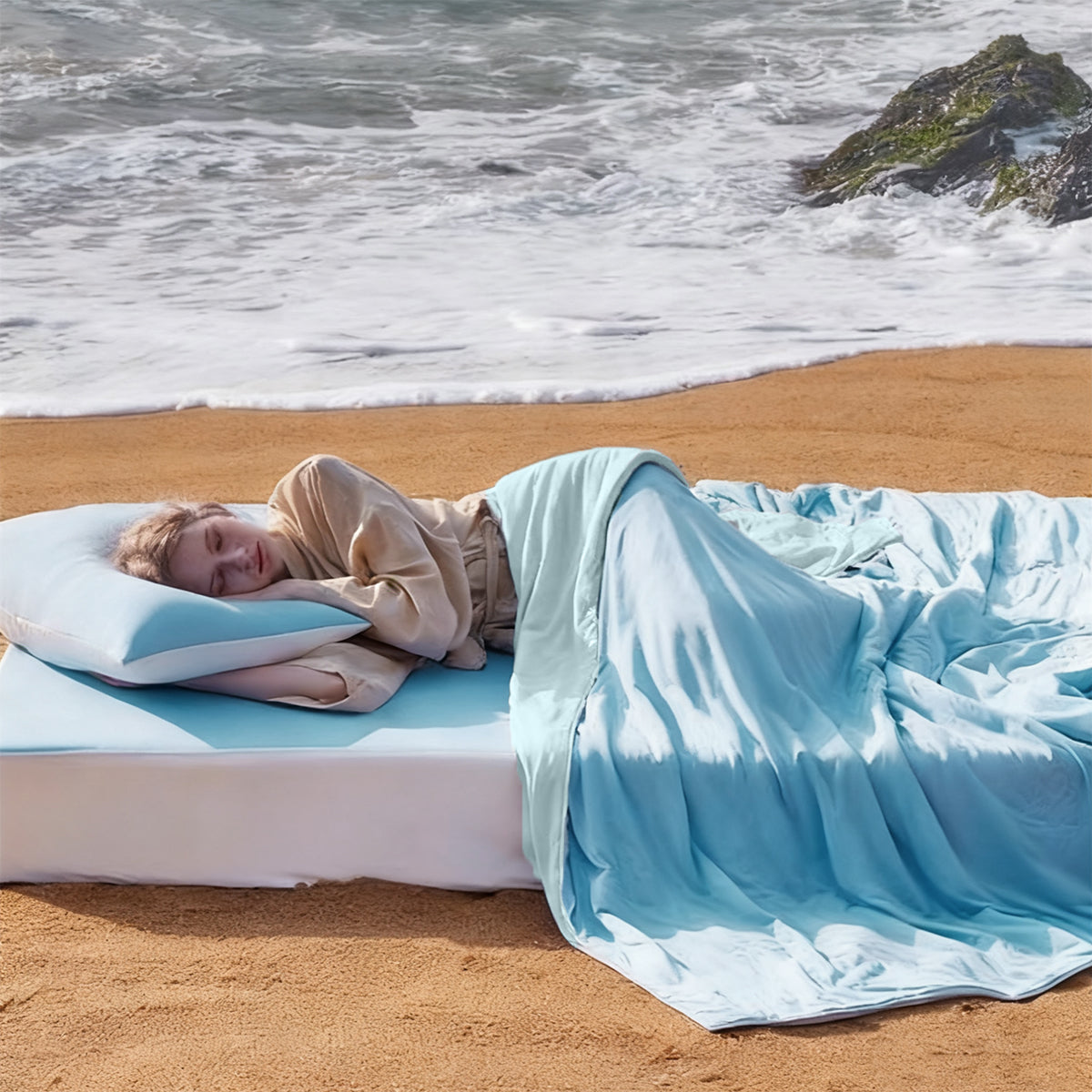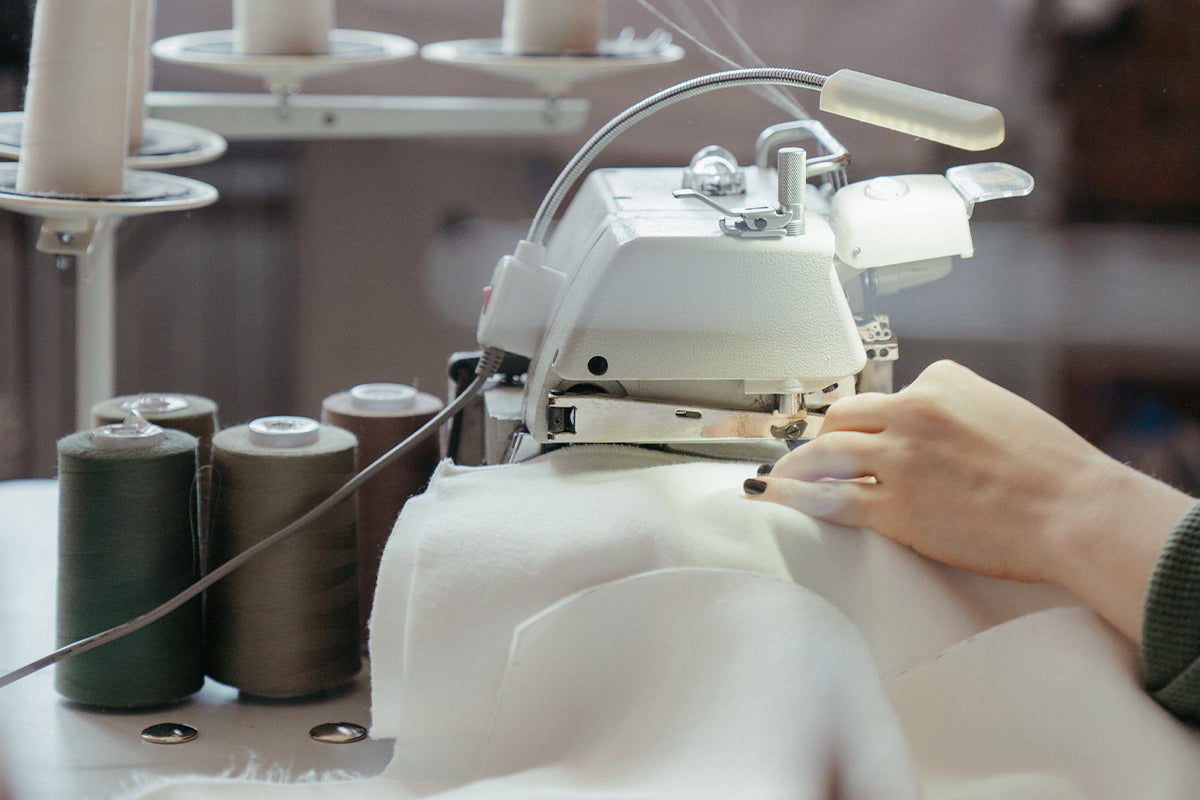When the first cold snap hits and I swap my lightweight quilt for a heavier blanket, I always hit the same problem: thick cotton comforters feel like a weight on my shoulders, leaving me sweating at 3 a.m. Electric blankets dry out my skin so much my throat burns when I wake up. If you’ve ever struggled to find the perfect winter bedding too, this down comforter guide is for you.
Unlike clunky cotton or drying electric blankets, a good down comforter traps heat naturally while feeling as light as a cloud. It wraps around you without weighing you down, so you stay toasty through the night—no more cold feet when you roll over, no more stiff shoulders in the morning.

1. The 3 “Warmth Secrets” of Down Comforters: What Makes Them Cozy (Without the Bulk)
Picking a down comforter follows the same logic as choosing a down jacket, but with a sleep-focused twist—you need warmth and comfort. Here’s what really matters:
Fill Weight: More Isn’t Always Better (Match It to Your Home’s Heat)
Fill weight sets the baseline for warmth, but for comforters, you also need to consider how it feels when you’re lying under it. A comforter that’s perfect for a drafty New England home will be way too heavy for a heated apartment in California. The key is to match it to your region’s winter temps and heating setup:
• Mild winters (50–60°F / 10–15°C) or well-heated homes (68°F+ / 20°C+): Go for 5–7 oz (140–200g) fill weight. It’s light enough to move with you, no trapped sweat or stiff shoulders.
• Cool winters (40–50°F / 4–10°C) or moderately heated homes (60–67°F / 15–19°C): 7–9 oz (200–255g) fill weight hits the sweet spot—warm enough for chilly nights, but not so heavy you feel smothered.
• Cold winters (below 40°F / 4°C) or homes without central heat: 9 oz+ (255g+) fill weight. The down packs tightly enough to trap heat like a cozy tent, keeping your bed toasty even when it’s freezing outside.
Pro tip: There’s a limit to fill weight! Just like overstuffed down jackets clump and lose warmth, a comforter with too much fill will squish the down clusters together. This kills the air pockets that trap heat—and leaves you with a stiff, heavy blanket that feels nothing like “cloud-like.”

Fill Power: The Secret to “Light-as-Air” Warmth
Most people fixate on fill weight, but fill power is what makes a down comforter feel luxurious. Fill power measures how much volume 1 oz of down takes up (the higher the number, the fluffier the down). More fluff means more air pockets—and more warmth without extra weight.
Here’s what different fill power numbers mean for your sleep:
• 500–600 fill power: Basic level. Great for spring/fall layering or as a lightweight option in heated bedrooms.
• 600–700 fill power: The “golden range” for most Americans. It’s fluffy enough to wrap around your shoulders and feet, but light enough that you won’t wake up with a stiff neck. It bounces back fast when you roll over, so no cold gaps.
• 800+ fill power: Premium quality (usually made with goose down). It feels like sleeping under a cloud—soft, plush, and warm without any pressure. Perfect if you hate heavy bedding or have joint pain.
Remember: Fill weight and fill power work together. For example, a 9 oz (255g) comforter with 700 fill power is ideal for cold Midwest winters, while a 6 oz (170g) comforter with 600 fill power is perfect for a heated Texas home.
Down Type: Duck vs. Goose—What’s the Difference?

First, a crucial distinction: Down ≠ Feather. Feathers have stiff quills that poke through fabric and can’t trap heat (they’re flat, not fluffy). Down clusters are soft, three-dimensional, and great at locking in warmth—so always choose a comforter labeled “down,” not “feather.”
When it comes to down types, warmth and price follow this order: White Goose Down > Gray Goose Down > White Duck Down > Gray Duck Down. The key differences are:
• Fill power: With the same “down content” (e.g., 90%), goose down has about 100 more fill power than duck down. A 90% white goose down comforter might hit 700 fill power, while 90% white duck down tops out at 600.
• Odor & durability: Geese mature slower (10–12 months) and have less oil in their feathers, so good-quality goose down is nearly odorless and lasts 10+ years without clumping. Ducks mature fast (40 days) and have more oil—cheap duck down comforters can smell like wet feathers.
Price-wise, goose down costs twice as much as duck down (geese are more expensive to raise). Since a comforter uses 5–10x more down than a jacket, a real white goose down comforter will almost always cost 300+. If you see one for under 100, it’s probably filled with broken down or feathers.
On a budget? A 90% white duck down comforter with 600 fill power works great for most homes—it’s warm, affordable, and lasts 5–7 years.
2. Construction Matters: How to Avoid a “Lumpy” Comforter
Just like down jackets use “baffles” to keep down from shifting, down comforters need good construction to stay evenly warm. A poorly made comforter will bunch up in the middle, leaving your sides and feet cold—or worse, leak down all over your sheets.
There are two main construction styles to know:
• Stitched-Through (Basic): Threads sew through the entire comforter to create small squares. It’s cheap (most under $100) and simple, but the stitches compress the down, creating “cold spots”—especially around your shoulders. It also leaks down more easily. Good for temporary use, but not worth the long-term hassle.
• Baffle Box (Premium): Fabric walls (called baffles) create 3D pockets that hold down in place—no stitches through the down. This lets the clusters fluff up fully, so warmth is even everywhere. The best baffle box comforters also use “zoned filling”: lighter down around the neck/shoulders (no pressure!) and heavier down at the feet (extra warmth where you need it most). It’s more expensive, but it stays fluffy and warm for years.

3. Pick by Use Case: 3 Types of Down Comforters for Every American Home
North America’s “lightweight/midweight/heavyweight” system for down jackets works for comforters too—here’s how to match one to your life:
|
Type |
Fill Weight |
Fill Power |
Best For |
Who It’s Perfect For |
|
Lightweight |
5–7 oz |
500–600 |
Mild winters (CA, FL), heated homes, spring/fall |
Hot sleepers, side sleepers, anyone who hates heavy bedding |
|
Midweight |
7–9 oz |
600–700 |
Cool winters (TX, NC), moderately heated homes |
Most families, back sleepers, kids |
|
Heavyweight |
9 oz+ |
700+ |
Cold winters (NY, MN), homes without heat |
Cold sleepers, people who love cozy, thick bedding |
Example: I live in Chicago, where winters hit 30°F (-1°C) and my apartment heats to 65°F (18°C). A 8 oz (225g) midweight comforter with 650 fill power keeps me warm all night—no sweating, no cold feet. My cousin in Alaska uses a 10 oz (280g) heavyweight comforter with 750 fill power, and even on -20°F (-29°C) nights, her bed stays at 75°F (24°C).

4. 3 Easy Ways to Spot a Fake Down Comforter
Don’t waste money on a “down” comforter that’s actually filled with synthetic fluff. Here’s how to check in 5 minutes:
1. Check the Label: Look for “down content” (aim for 85%+) and “fill power” (500+). The FTC requires these numbers—if a label only says “down comforter” with no stats, it’s fake. Also, look for certifications like RDS (Responsible Down Standard) to ensure the down is ethically sourced.
2. Press & Test Rebound: Squeeze a section of the comforter tightly, then let go. A good one will bounce back to its original shape in 3 seconds or less (faster = higher fill power). If it stays flat, it’s filled with low-quality down or synthetic fibers.
3. Smell It: High-quality down is cleaned at high temperatures, so it should smell like fresh laundry or nothing at all. If it smells like wet feathers, mildew, or chemicals, skip it—it’ll never stop smelling, and it might trigger allergies.

Final Thought: A Good Down Comforter Is an Investment in Better Sleep
There’s no “best” down comforter—only the best one for you.
• Splurge if you can: A white goose down baffle box comforter (midweight or heavyweight) will keep you cozy for a decade.

• Budget-friendly option: A 90% white duck down stitched-through comforter works great for most homes.

• Always match to your climate: Heated homes need lighter fill, cold regions need heavier fill.

I switched to a down comforter last year, and I’ll never go back. No more waking up with a stiff back from heavy cotton, no more dry skin from electric blankets—just warm, light, cloud-like sleep every night.
What’s your current winter bedding? Have you ever tried a down comforter? Drop a comment below to share your experience, or ask me a question—I’m here to help you find your perfect winter comforter!

#apsmile duvet #ap smile #apsmile daunendecke #apsmile comforter #apsmile down comforter #down duvet #best comforter for cold sleepers #apsmile goose down comforter #down comforter #best down comforter #down alternative comforter #down comforter king #goose down comforter #down comforter queen #down comforters #best down alternative comforter #king down comforter #king size down comforter #best winter comforters

